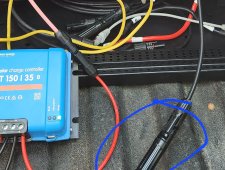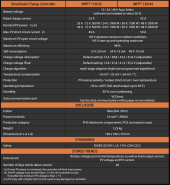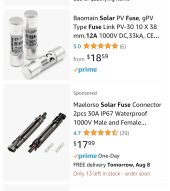Zapper77
Renaissance Man
- Joined
- Jul 23, 2022
- Messages
- 2,341
Setup -
2 Lifepower4 Batteries
Victron 150/35 MPPT
2 BattleBorn
3000 watt inverter.
I didn't bother to bring any solar panels this time.
12 kWh of Lithium Batteries lasted 5 nights and 5 days with enough reserve for 24 hours. I ran the water heater on electric two nights (consumed around 3 kWh). Refrigerator was on propane the entire time. Batteries were used to Charge devices, two personal fans, microwave, led lights and 16 hours of TV.
I didn't run the generator or hookup solar.
Outside temperature 60-65 low and 75-80 high.

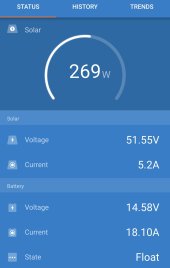

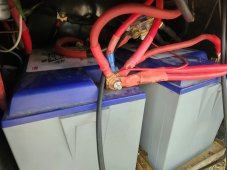

2 Lifepower4 Batteries
Victron 150/35 MPPT
2 BattleBorn
3000 watt inverter.
I didn't bother to bring any solar panels this time.
12 kWh of Lithium Batteries lasted 5 nights and 5 days with enough reserve for 24 hours. I ran the water heater on electric two nights (consumed around 3 kWh). Refrigerator was on propane the entire time. Batteries were used to Charge devices, two personal fans, microwave, led lights and 16 hours of TV.
I didn't run the generator or hookup solar.
Outside temperature 60-65 low and 75-80 high.








